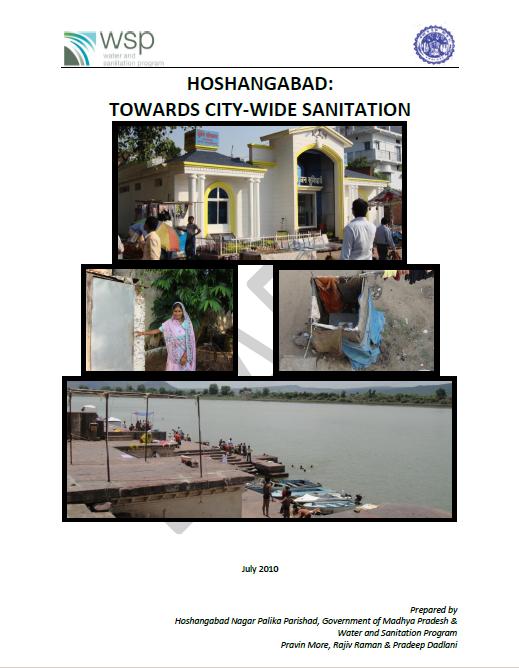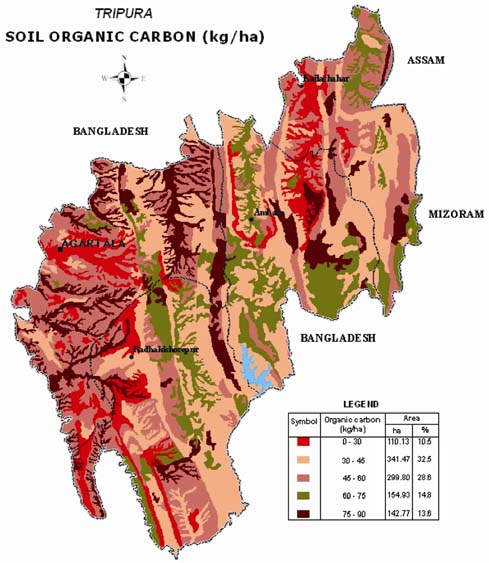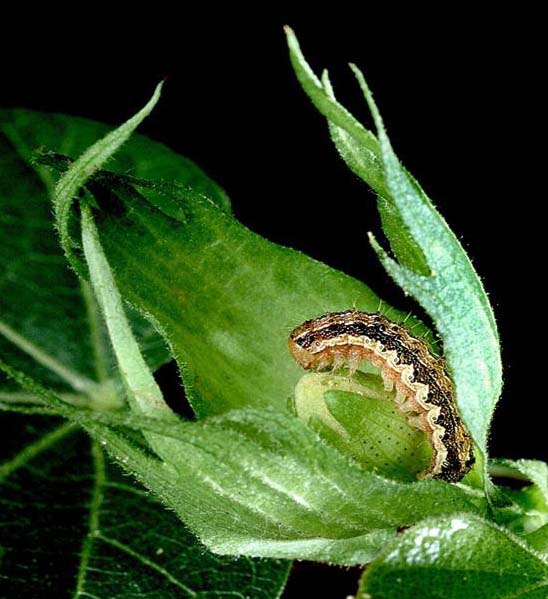Research Papers
New policy framework for rural drinking water supply: Swajaldhara guidelines – An article by Philippe Cullet in Economic and Political Weekly
Posted on 11 Apr, 2011 07:09 PMIt examines its evolution from the 1970s onwards and focuses, in particular, on the reforms of the past decade, looking more specifically at the Swajaldhara Guidelines. These reforms are of capital importance because they seek to completely change the rural drinking water supply policy framework.
Strain on the marine aquatic environmental quality around Mumbai, owing to indiscriminate release of wastewater – Research reports from the National Institute of Oceanography
Posted on 10 Apr, 2011 07:21 PMThe first report titled “Heavy metal burden in coastal marine sediments of north west coast of India in relation to pollution” by M A Rokade, University of Mumbai uses the data on contaminants including metals in seawater, marine sediments and biota for the Mumbai- Bassein region, a high
Techno-economic feasibility study of sanitation and sewage management for Pandharpur town, Maharashtra - Ecosan Services Foundation (2009)
Posted on 10 Apr, 2011 02:15 AM This study provides interventions to solving the sanitation crisis in the holy town of Pandharpur, situated on the banks of the Chandrabagha/Bhima river, in the state of Maharashtra, which receives more than 1.5 crore devotees annually. On any given day there are approximately 20,000 pilgrims in this Class B town. This vast floating population creates massive sanitation problems leading to environmental and hygiene issues. The study forms part of the Maharashtra State Pollution Control Board's 'Environmental Improvement Programme at Religious Places in Maharashtra' project.
This study provides interventions to solving the sanitation crisis in the holy town of Pandharpur, situated on the banks of the Chandrabagha/Bhima river, in the state of Maharashtra, which receives more than 1.5 crore devotees annually. On any given day there are approximately 20,000 pilgrims in this Class B town. This vast floating population creates massive sanitation problems leading to environmental and hygiene issues. The study forms part of the Maharashtra State Pollution Control Board's 'Environmental Improvement Programme at Religious Places in Maharashtra' project.
Hoshangabad - Towards city wide sanitation - A draft report by Hoshangabad Nagar Palika Parishad and WSP
Posted on 10 Apr, 2011 01:57 AM  This proposal prepared by Hoshangabad Nagar Palika Parishad, Government of Madhya Pradesh and Water and Sanitation Programme South Asia, is meant to ensure that every household in this town adopts safe sanitation practices and is to help enable the urban local body, implement a city wide sanitation programme that finally ensures collection and treatment of waste.
This proposal prepared by Hoshangabad Nagar Palika Parishad, Government of Madhya Pradesh and Water and Sanitation Programme South Asia, is meant to ensure that every household in this town adopts safe sanitation practices and is to help enable the urban local body, implement a city wide sanitation programme that finally ensures collection and treatment of waste.
This document is the tenth mile stone in the process of achieving the goal of city-wide sanitation for Hoshangabad.
Soil information system for resource management in Tripura – A paper in Current Science
Posted on 30 Mar, 2011 09:03 AM In view of the global changing scenario the need of the hour is to produce a fresh group of earth scientists with specialization in soil and crop science, geology and geography with appreciable knowledge in GIS and other i
In view of the global changing scenario the need of the hour is to produce a fresh group of earth scientists with specialization in soil and crop science, geology and geography with appreciable knowledge in GIS and other i
High fluoride incidence in groundwater and its potential health effects in parts of Raigarh district of Chhattisgarh – A paper in Current Science
Posted on 21 Mar, 2011 06:45 AMFluoride (F) is harmful to human health and knowledge of spatiotemporal distribution of F content in groundwater is thus a prerequisite for taking preventive measures.
Biomass production and carbon stock of poplar agroforestry systems in Yamunanagar and Saharanpur districts of northwestern India – A paper in Current Science
Posted on 20 Mar, 2011 10:18 PMPoplar (Populus deltoides) has gained considerable importance in agroforestry plantations of western Uttar Pradesh, Uttarakhand, Haryana, Punjab, and Jammu and Kashmir due to its deciduous nature, fast growth, short rotation and high industrial requirement. Poplar based agroforestry systems are prevalent among farmers of Saharanpur (UP) and Yamunanagar (Haryana) districts of northwestern India.
Patterns of diversity and conservation status of freshwater fishes in the tributaries of river Ramganga in the Shiwaliks of the Western Himalaya – A paper in Current Science
Posted on 20 Mar, 2011 09:47 PMOne tributary was within a protected area (PA; Corbett National Park); the other two were outside the PA (Lansdowne Forest Division). Cast nets were used for fish sampling, which was done from 9.00 a.m. to 5.00 p.m.
Vicious cycle of fluoride in semi-arid India – A health concern – A paper in Current Science
Posted on 20 Mar, 2011 09:10 PMMore than 16 states in India are facing the fluorosis problem. Several southern-peninsular states are experiencing monsoon climate condition, where the rainwater is harvested through tanks and used for agriculture.
Pest and disease management in organic, natural, sustainable agriculture - Presentations from the South Asia Conference on "Outstanding Organic Agriculture Techniques", Bangalore organised by OFAI (2009)
Posted on 20 Mar, 2011 06:17 PM This set of presentations from the conference on Outstanding Organic Agriculture Techniques held during September 2009 at Bangalore deals with pest and disease management practices in organic farming, which rely primarily on preventive and integrated methods.
This set of presentations from the conference on Outstanding Organic Agriculture Techniques held during September 2009 at Bangalore deals with pest and disease management practices in organic farming, which rely primarily on preventive and integrated methods.
Crop production and plan protection in organic farming
This paper by S R Sundararaman presents organic farming as the only recourse for farmers, to save both livelihood and the health of the soil. Organic farming methods enable farmers save money and turn their farmyard waste into value-added products for increasing crop production. Farmers will not have to be dependent on agri-business companies for seeds, fertilizers and pesticides. Our self-reliance is thus preserved. A large portion of our country's foreign exchange is used to pay for the import of petroleum products. By going organic we will also help our country save on valuable foreign exchange. Our land will keep giving us returns for extended periods of time unlike farming as per the green revolution, where the land stays productive for a short time and then becomes sterile.
The uppermost question in the minds of farmers who have recently converted to organic farming or who want to turn organic is how to ensure that crop production does not reduce and how to protect the plants from disease, without the chemical fertilizers and pesticides that their fields have grown used to. This paper provides the answers and it also seeks to reassure all farmers that there is no farm which cannot turn around and produce quality crops in sufficient quantity, using organic farming methods.